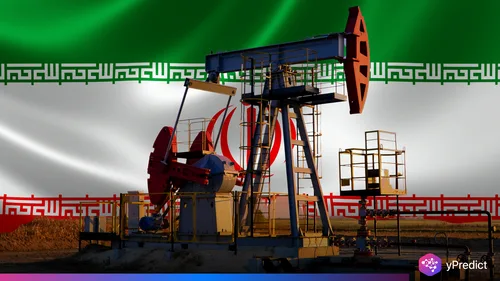
China has tightened controls on 12 rare earth metals, according to a post by @GlobalUpdates24 on October 10, 2025. The move adds new export limits on materials vital for chips, AI hardware, and electric vehicles. These metals, like holmium, erbium, and neodymium, are essential for high-tech manufacturing. With China processing 85% of the world’s supply, the impact could be huge. The decision comes just days before expected talks between Xi Jinping and Donald Trump. It signals that Beijing may be using its dominance in rare earth exports as a strategic tool in the ongoing U.S.-China trade rivalry.
China Tightens Grip on Rare Earth Supply
China’s decision covers 12 metals, including newly restricted elements like thulium and ytterbium. Exporters must now apply for special licenses. Officials describe it as a “national security measure,” but timing suggests otherwise. Talks with Washington are scheduled soon, and Beijing’s leverage is clear. In 2019, a similar move sent prices of rare earth magnets soaring by 200%.
The rare earth industry is a quiet powerhouse. These metals power chips, wind turbines, and electric motors. Without them, AI hardware and clean energy projects slow down. The U.S. Geological Survey says China mines 60% of the world’s supply and processes nearly all of it. That monopoly lets Beijing steer global costs.
Financial analysts warn chip prices may jump by 20-30%. Nvidia, Intel, and Tesla depend on consistent supply chains that now look uncertain. Japan and the EU face similar risks, with stockpiles already thinning. This isn’t just economics, it’s strategy. By squeezing rare earth exports, China reminds rivals how dependent their tech ambitions remain.
Global Fallout and Industry Reaction
The U.S. and allies are scrambling for alternatives. The Mountain Pass mine in California now covers 15% of domestic demand, but expansion takes years. Recycling programs in Europe help, yet they’re still small. For now, China controls the valve. And when that valve tightens, factories feel it.
AI developers will feel the crunch next. Advanced processors rely on rare earth magnets and alloys to manage heat and precision. Without steady imports, data centers could face delays. Car makers might raise prices, especially on electric vehicles. Bloomberg estimates global supply gaps could hit by early 2026.
Meanwhile, China’s internal producers, like Shenghe Resources, are expected to gain. Their shares already jumped after the announcement. The move also gives Beijing leverage ahead of trade and defense talks. Analysts compare this to the 1973 oil embargo, an economic weapon used without firing a shot.
On X, reactions range from alarm to geopolitical analysis. Some users link the timing to Taiwan tensions, while others see it as routine trade positioning. Either way, the world just got a reminder of China’s rare earth power.
Conclusion
As of 01:04 PM IST, October 10, 2025, China’s rare earth export limits mark a turning point. They expose how concentrated the world’s tech materials really are. For the U.S. and allies, diversification isn’t optional anymore; it’s urgent. New mines, recycling plants, and trade deals will take time. In the short term, chip prices rise, AI projects slow, and political pressure builds. China has shown that control of minerals can be as powerful as control of data. The next phase of the tech war might not be digital; it could be buried in the ground.







